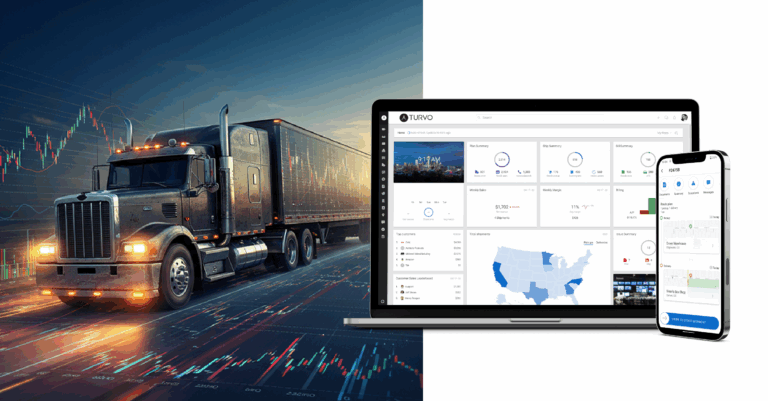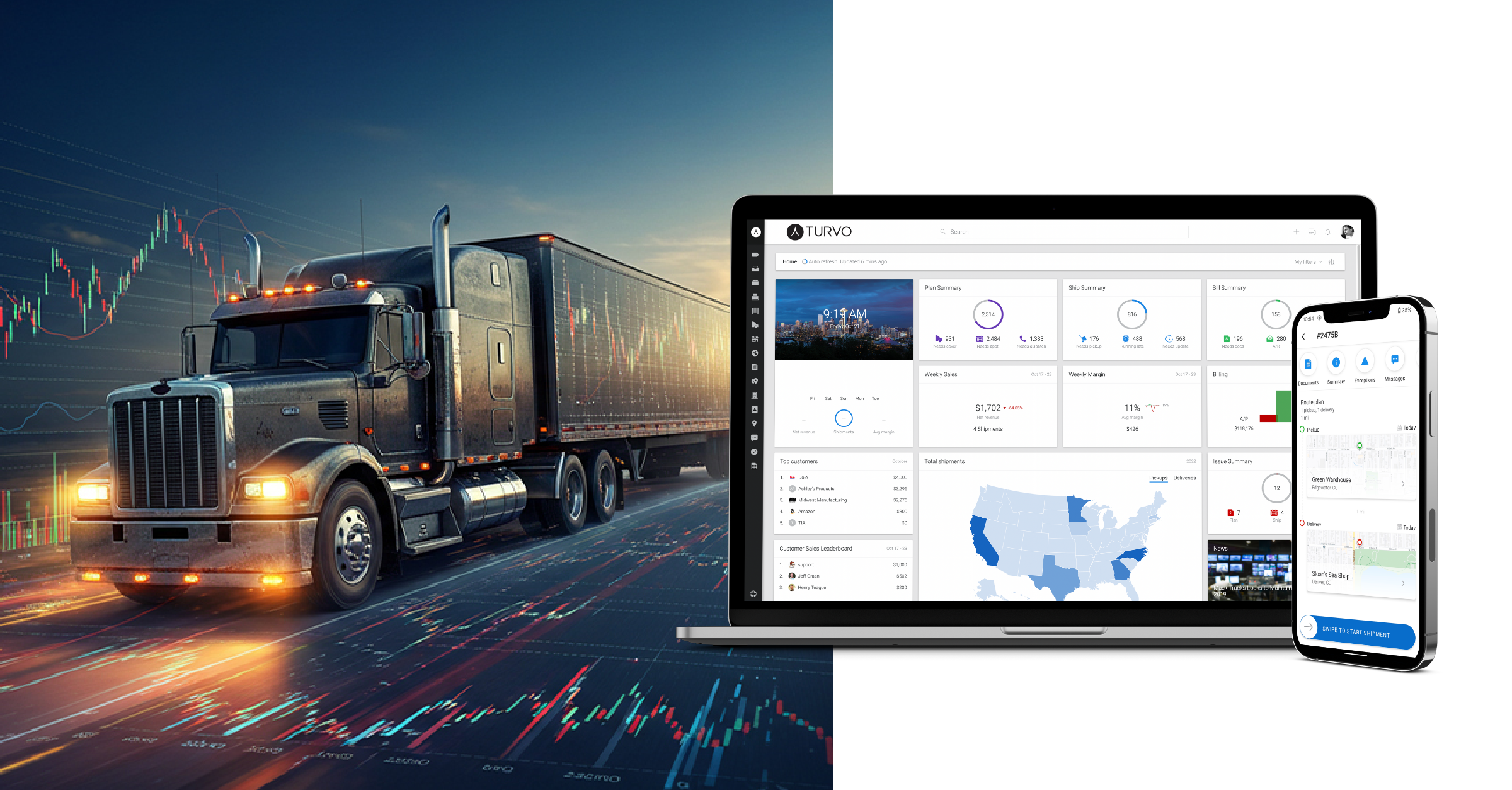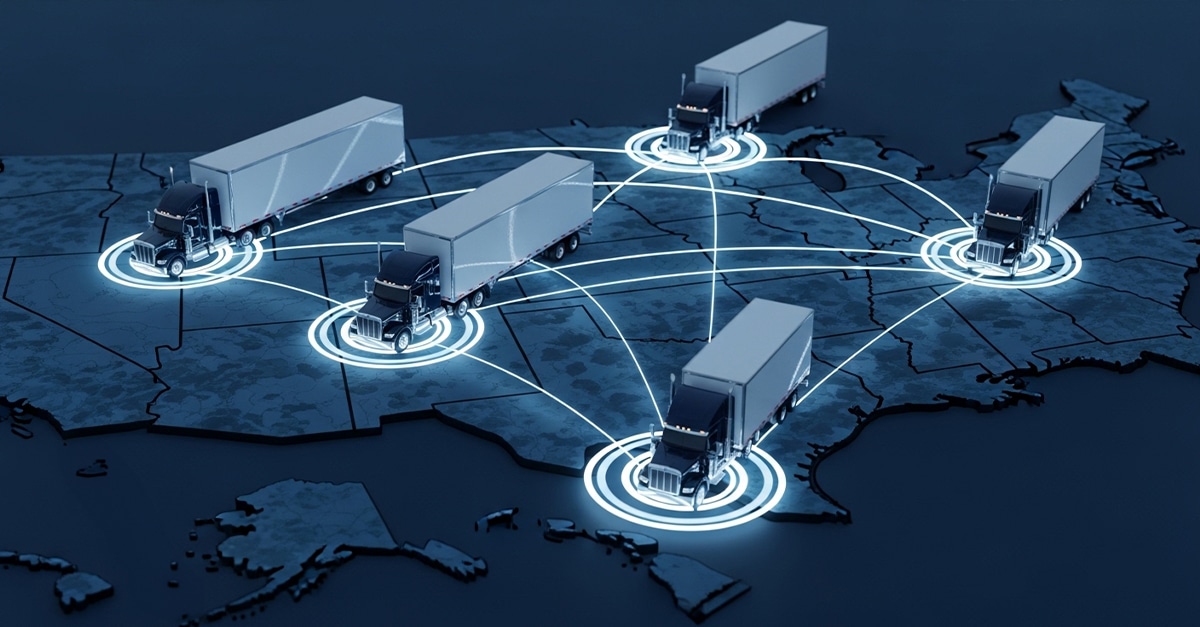Supply chains are the lifeline of all customer-centric organizations. Maintaining an efficient supply chain ensures a company can deliver products and services on time, especially in light of changing customer demands and supply chain interruptions caused by the COVID-19 pandemic.
We’ve compiled the top 5 things to look for in the supply chains in 2022. Focus on these five areas can ensure that the organization efficiently responds to changes in 2022 by staying on top of these supply chain management trends and challenges.
1. Supply chains are going greener and more sustainable
Environmental advocacy groups and consumers’ increased preference to be more environmentally conscious will encourage supply chains to be less ecologically destructive. Transportation and logistics contribute significantly to greenhouse gas emissions and so the idea of ‘green logistics’ is swiftly gaining recognition among businesses today.
Advanced energy management systems are used in environmentally friendly warehouses to monitor the consumption of power, heat, and water. These systems aid in the reduction of resource wastage. Electric and solar-powered vehicles are becoming increasingly common in supply networks, helping lower supply chains’ overall carbon footprint and optimizing last-mile costs.
Eco-friendly advances of retailers via solutions like biodegradable materials help make product packaging sustainable, reducing the use of plastics and other hard-to-recycle materials.
Businesses that implement sustainable measures stand to profit financially and through increased consumer loyalty, in addition to doing their part to preserve the environment. More than 50% of buyers are willing to pay a premium for environmentally friendly items. More organizations will likely develop eco-friendly supply chain operations in 2022 as green consumption grows.
2. Workforce globalization and labor challenges
The labor component of supply chains will undergo significant changes in 2022. The globalization of the workforce, for example, is one such transformation. According to one research, by 2020, 80% of manufacturers would have multi-country operations. However, due to COVID, this expansion was hampered in 2020 & 2021, but it will gain traction as the world returns to normal.
As a result of pandemic-related restrictions, job possibilities in the logistics sector have been reduced. Yet, as the global demand reaches pre-pandemic levels, this industry’s need for logistics workers and professionals has risen back with limited availability of talent. According to experts, warehouse and supply chain managers will offer unique benefits such as mentorship programs and education reimbursement to entice younger generations to supply chain professions.
3. Increased adoption of blockchain and IoT
Supply chain visibility is an existential need today, and blockchain technology can bring both visibility and trust into supply networks. Blockchain can reduce interruptions and enhance customer experience. It can help make the whole supply chain more transparent as there is no localized information and the entire chain is decentralized.
While today different parts of the supply chain have their own localized information, with blockchain, all supply chain functions can be connected into a single platform – creating a decentralized trail of information. Carriers, shippers, forwarders, and logistics providers can be connected over the same platform, allowing stakeholders and the end consumers to know the provenance of the products. Payments and invoicing may both be provided using the same system. This integration will help supply chain managers discover issues before they happen by streamlining the entire supply chain. Blockchain also prevents editing of any information and all the users will have the same information available to them.
The Internet of Things (IoT) has been a game-changer in the supply chain, with sensors offering real-time tracking abilities to freight movement. IoT technology will help increase visibility in production, inventory management, and predictive maintenance in warehouses and retail outlets.
Companies will utilize this real-time data to anticipate consumer demand, reduce downtime, and improve overall supply chain efficiency. IoT devices can also help companies maximize their ROI on assets by boosting visibility across supply chain components.
4. Increased autonomy in supply chains
Robotics is now playing a significant part in the transformation of supply chains and SCM. Drones and autonomous vehicles are increasingly being used by businesses to optimize last-mile reach, especially for delivering small products.
Autonomous forklifts and fulfillment robots will be used more in warehouses to speed up tedious, labor-intensive operations. That said, the increasing usage of robots and robotic process automation software will not result in the substitution of humans. The technology is designed to supplement human efforts by accelerating simple, repetitive processes. Human workers may focus on higher-value duties directly impacting business growth and customer experience by delegating specific jobs to robots.
Augmented reality (AR) and virtual reality (VR) also have several opportunities for enhancing supply chain efficiency. AR technologies, for example, enable workers to multitask more successfully. Companies will also utilize these gadgets to improve product development efforts by forecasting future product applications in a realistic context.
5. Stronger end-to-end integrations
Post-COVID, it is not enough for supply chains to have only lean operations; they must also be adaptable and sensitive to market swings and have more robust end-to-end integrations from supplier’s supplier to customer’s customer.
Visibility into Tier 1 suppliers is crucial, especially if they are in China. According to a study, 51,000 firms worldwide have one or more direct Tier 1 suppliers in China, while five million have Level 2 suppliers in that region. Given the pandemic-related plant closures and other limitations in these areas, it is critical to evaluate Tier 1 supplier risk and how it may affect the extended supply network.
The supply chain is evolving, and SCM is no longer as straightforward as it once was. However, technological improvements provide company owners with several methods to manage their supply chains to ensure everything operates as smoothly as possible.
Staying ahead of these supply chain developments can also help to ensure that supply chain interruptions have as little impact on the organization as possible. It is never too early to begin preparing the supply chain to ensure that it is flexible enough to withstand the consequences of variables such as global trade challenges, labor shortages, and other unforeseen occurrences like the COVID-19 pandemic.
To improve the efficiency of the supply chain processes, Turvo’s advanced supply chain solutions will be of assistance. Turvo combines all internal and external systems into a single platform, reducing unnecessary tasks and simplifying business operations. Turvo uses cloud-based technologies and mobile applications to connect the global supply chain. With Turvo, see everything from every system, person, and organization associated with the business.








